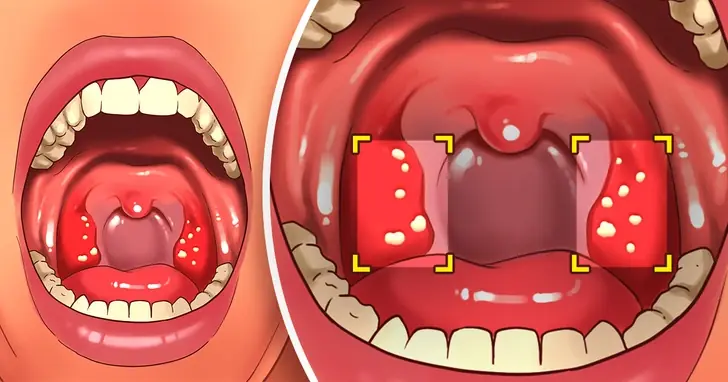
Alone during a heart attack? 5 critical steps that could save your life!

Imagine this: you’re home alone, it’s late at night, and the world outside is quiet. Everything seems perfectly normal—until suddenly, a sharp, crushing pain grips your chest. At first, you brush it off, thinking it’s just fatigue or indigestion. But the pain doesn’t fade. Instead, it intensifies. You start sweating profusely, gasping for air as the pressure spreads to your left arm, neck, and jaw. Your heart races, fear sets in—and it hits you: you might be having a heart attack, and no one else is there.
It’s a terrifying thought. But knowing what to do in that critical moment can make the difference between life and death.
Based on the expert insights of cardiologist Dr. Andre Wambier, this guide walks you through five essential steps to follow if you ever face this life-threatening emergency while alone.
💡 Key Takeaways
-
Recognize the warning signs of a heart attack early.
-
Call for help immediately—don’t try to drive yourself.
-
Stay calm, still, and conserve your energy while waiting.
-
Take aspirin (if available and safe for you).
-
Understand why quick action can literally save your heart.
📌 Recognizing the Symptoms
The first step in surviving a heart attack is recognizing that it’s happening. Many people delay getting help because they mistake the signs for simple fatigue, acid reflux, or anxiety. But when it comes to heart attacks, every minute counts. Here are the most common symptoms you should never ignore:
-
Chest Pain or Pressure: A feeling of squeezing, fullness, or crushing heaviness in the center of your chest.
-
Radiating Pain: The pain can move into your left arm, shoulders, neck, jaw, or back.
-
Shortness of Breath: You may suddenly feel winded, even while resting.
-
Cold Sweats: Unusual sweating that feels clammy or cold.
-
Nausea or Vomiting: Sometimes mistaken for food poisoning or stomach upset.
-
Dizziness or Lightheadedness: Feeling faint, weak, or disoriented.
-
Intense Anxiety or Fear: A sudden sense of panic or doom for no apparent reason.
👉 Remember: Heart attack symptoms can differ between individuals—especially for women, who may experience subtler signs like jaw pain, fatigue, or nausea without severe chest pressure. If something feels seriously wrong, don’t wait it out.
🚨 Step 1: Call for Help Immediately
If you suspect a heart attack, the first and most important thing to do is call for help. Dial your local emergency number right away (for example, 911 in the U.S. or 192 in Brazil). If you have a voice-activated smart device nearby, such as Siri or Alexa, use it to place the call hands-free.
Never attempt to drive yourself to the hospital. A heart attack can escalate quickly—you could lose consciousness or become too weak to control the vehicle, endangering yourself and others.
Why Calling for Help Matters
-
Time is critical: The longer your heart muscle is deprived of oxygen, the greater the damage.
-
Paramedics can help immediately: Emergency responders can give oxygen, medications, and even use defibrillators before you reach the hospital.
-
They take you to the right facility: Not all hospitals are equipped for cardiac emergencies—paramedics will take you where you’ll get the fastest care.
If you live alone, it’s wise to keep your phone within reach at all times, especially if you have known heart disease or risk factors.
⏳ Step 2: Stay Calm While Waiting for Help
While you wait for help to arrive, try to stay as calm and still as possible. Every bit of energy you use forces your heart to work harder, which can worsen the attack.
-
Sit or lie down in a comfortable position. If possible, sit with your back supported and head slightly elevated.
-
Breathe slowly and deeply—inhale through your nose, exhale through your mouth—to manage anxiety and maintain oxygen flow.
-
Avoid physical movement. Don’t try to unlock doors, gather belongings, or walk around unless absolutely necessary.
-
If you can, unlock your front door or use a medical alert app so emergency personnel can reach you quickly.
Even small details, like turning on a porch light or making your location visible, can save precious seconds for rescuers.
💊 Step 3: Take Aspirin (If Safe)
If you have access to aspirin and are not allergic, taking it can improve your survival chances. Chew—don’t swallow—two to three low-dose (81 mg) aspirin tablets, or one regular 325 mg tablet. Chewing speeds absorption into your bloodstream, helping to thin your blood and slow the growth of a clot that’s blocking blood flow to your heart.
However, if you have a history of bleeding disorders, ulcers, or aspirin allergy, skip this step and wait for medical professionals.
⚠️ Step 4: Ignore the “Cough CPR” Myth
You may have heard claims that coughing forcefully during a heart attack can “restart” your heart. This is not true. Coughing cannot clear a blocked artery or restart a stopped heart, and focusing on it could waste valuable time.
Instead, stay still, breathe calmly, and wait for trained professionals to arrive.
❤️ Step 5: What to Do If Someone Else Collapses
If you find another person unresponsive and suspect a heart attack:
-
Call emergency services immediately.
-
Check for breathing and pulse.
-
Start CPR if there’s no pulse—press hard and fast in the center of the chest (100–120 compressions per minute).
-
Use an AED (Automated External Defibrillator) if one is nearby. These devices are designed for public use and give clear, step-by-step instructions.
Quick intervention before paramedics arrive can double or triple a person’s chances of survival.
🩺 Understanding Heart Attack Risks
Heart attacks don’t happen randomly—several factors increase your risk:
-
Age: Men over 45 and women over 55 face higher risk.
-
Lifestyle: Smoking, high blood pressure, diabetes, obesity, and lack of exercise all play major roles.
-
Cholesterol Levels: High LDL (bad) cholesterol can cause plaque buildup in your arteries.
-
Family History: A family history of heart disease increases your risk, even with a healthy lifestyle.
-
Stress and Sleep: Chronic stress and poor sleep patterns also strain the heart over time.
🌱 How to Lower Your Risk
While you can’t control your age or genetics, you can make choices that protect your heart:
-
Eat a balanced diet: Prioritize vegetables, fruits, lean proteins, and healthy fats like olive oil or nuts.
-
Exercise regularly: Aim for at least 150 minutes of moderate activity per week, such as brisk walking or cycling.
-
Quit smoking: Even after years of smoking, quitting significantly improves heart health within months.
-
Manage stress: Try meditation, deep breathing, or talking to a therapist to reduce chronic tension.
-
Get regular check-ups: Monitor blood pressure, cholesterol, and glucose levels with your doctor.
Small, consistent habits make a lasting impact on your heart’s health.
🎯 Conclusion
A heart attack can strike without warning, but knowledge is power. Recognizing the symptoms early, calling for help immediately, and staying calm while waiting for emergency care can save your life—or someone else’s.
Remember: time is muscle. Every minute you wait means more damage to your heart.
Keep this information in mind, share it with your loved ones, and encourage everyone you know to learn basic CPR and emergency response skills.
Your heart deserves care, attention, and respect—because it’s not just what keeps you alive; it’s what keeps you living.
News in the same category

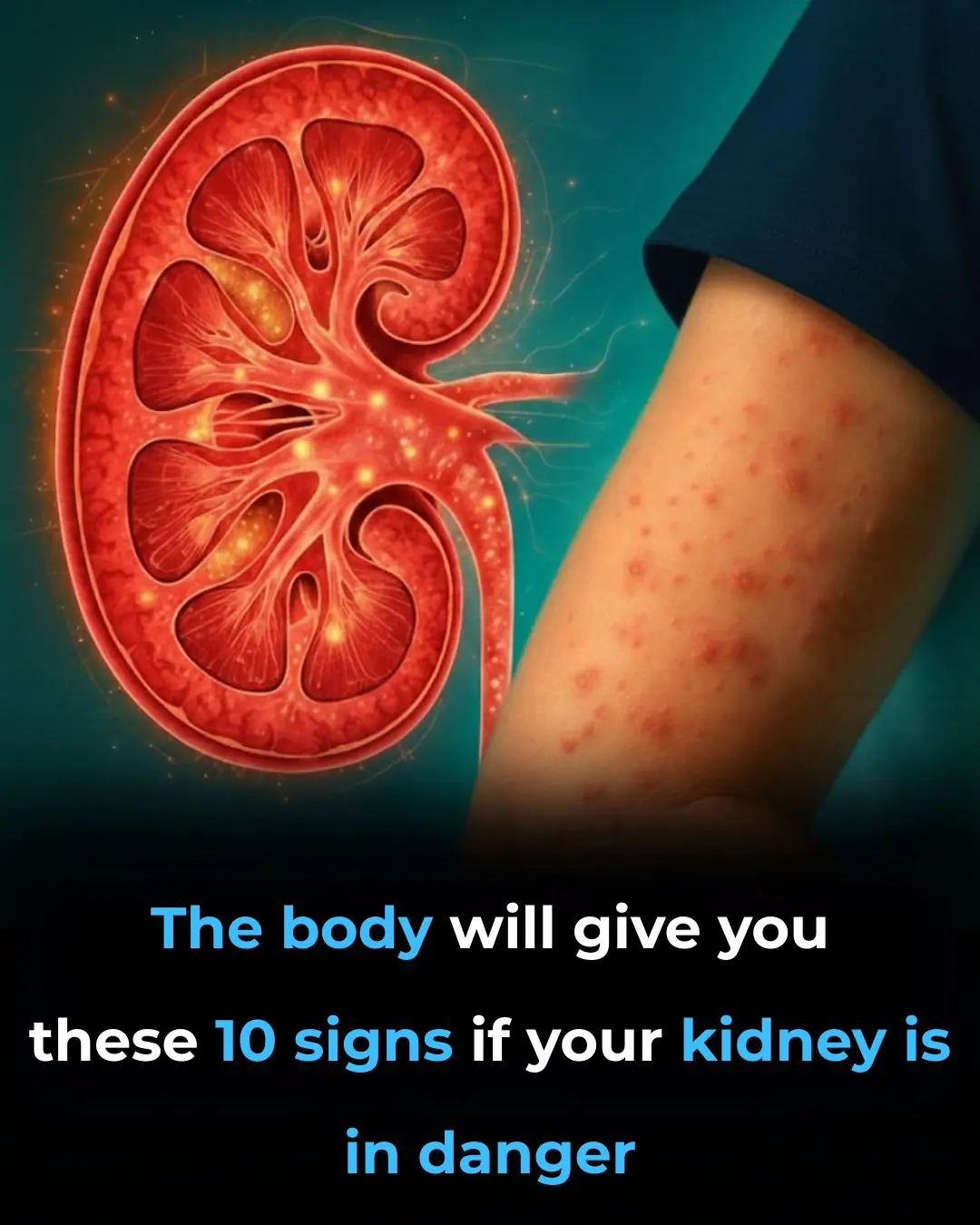
The Body Will Give You These 10 Signs If Your Kidney Is In Danger

Chew 2 Cloves Daily, See What Happens To Your Body
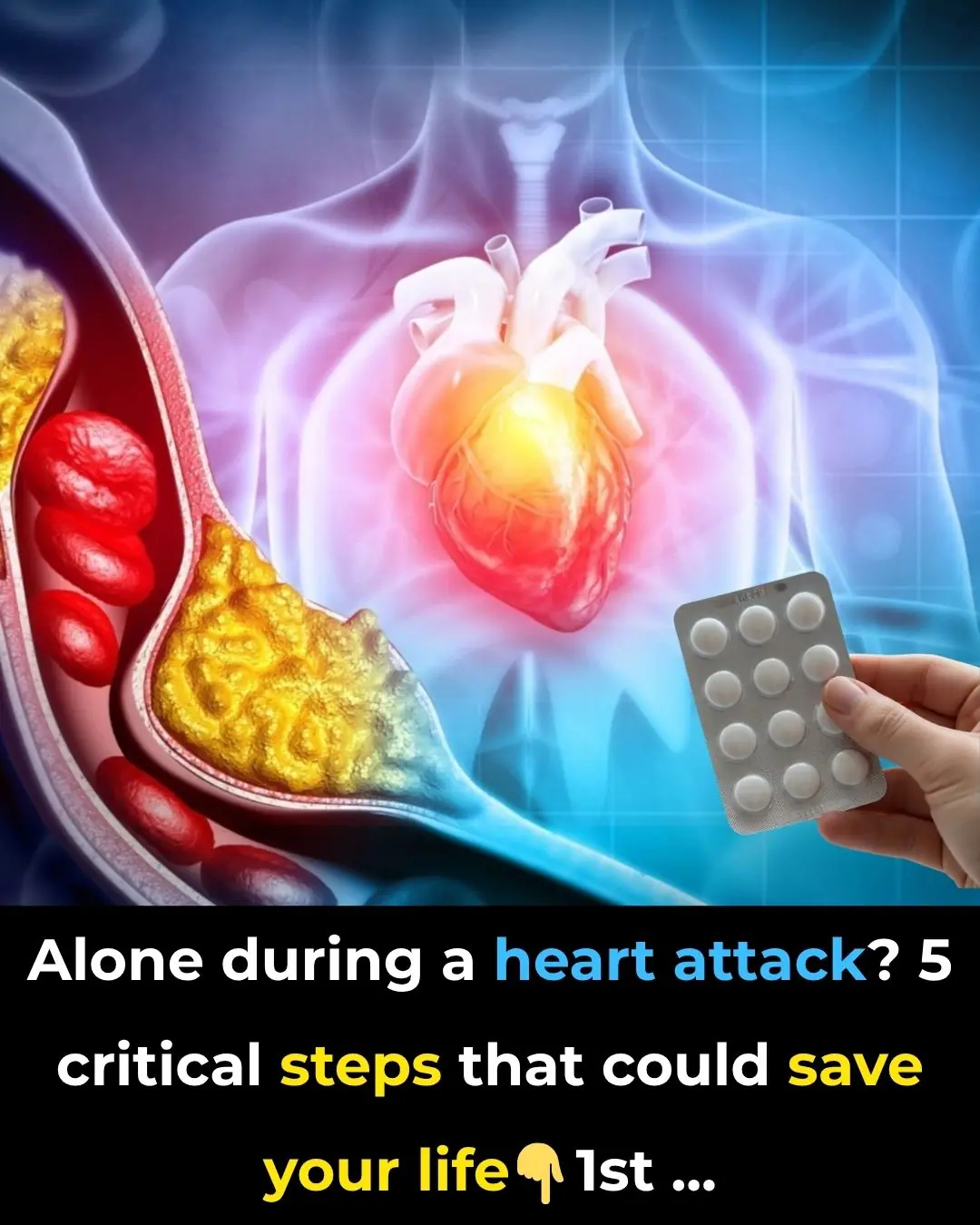
Alone during a heart attack? 5 critical steps that could save your life!
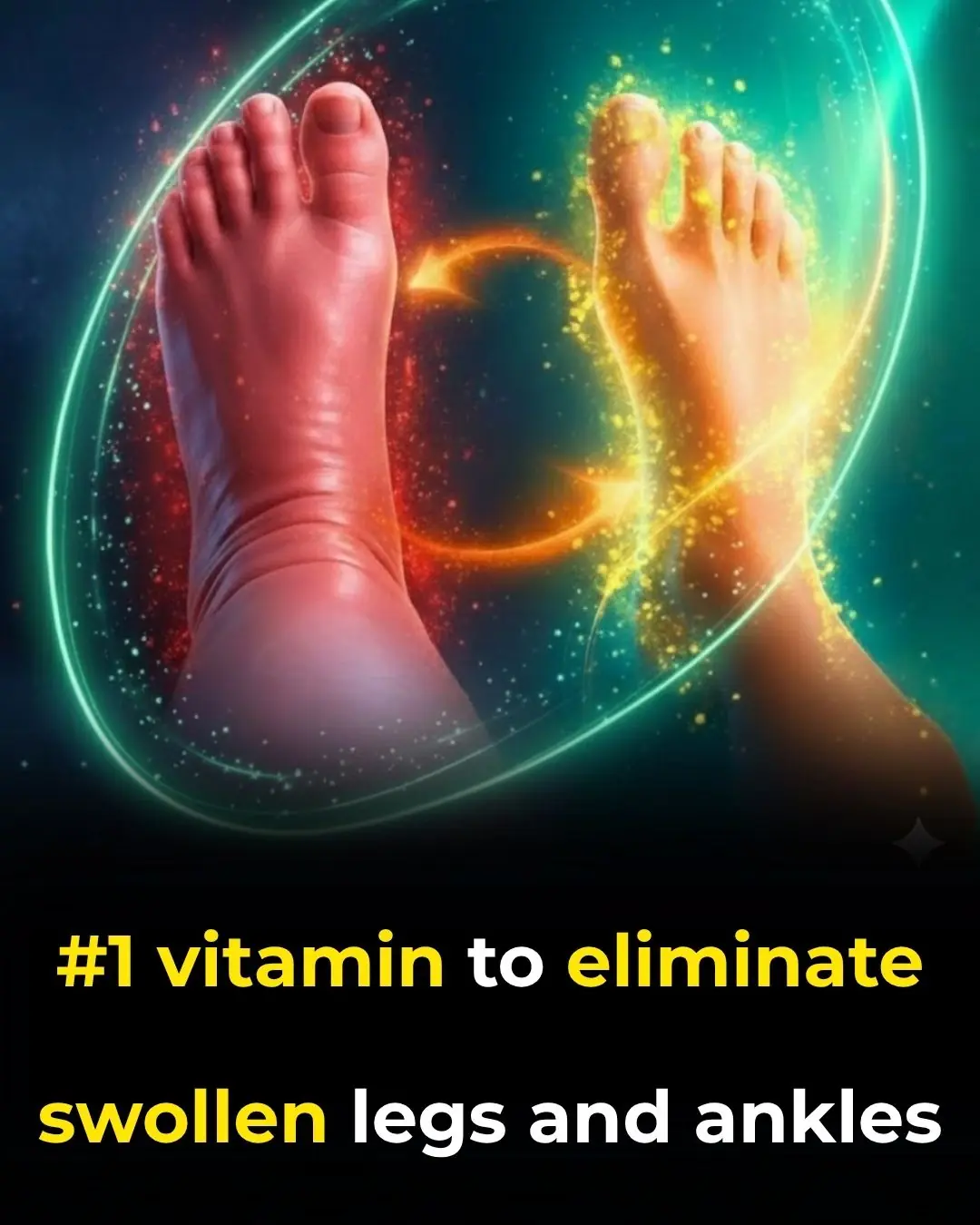
#1 Vitamin to Eliminate Swollen Legs and Ankles
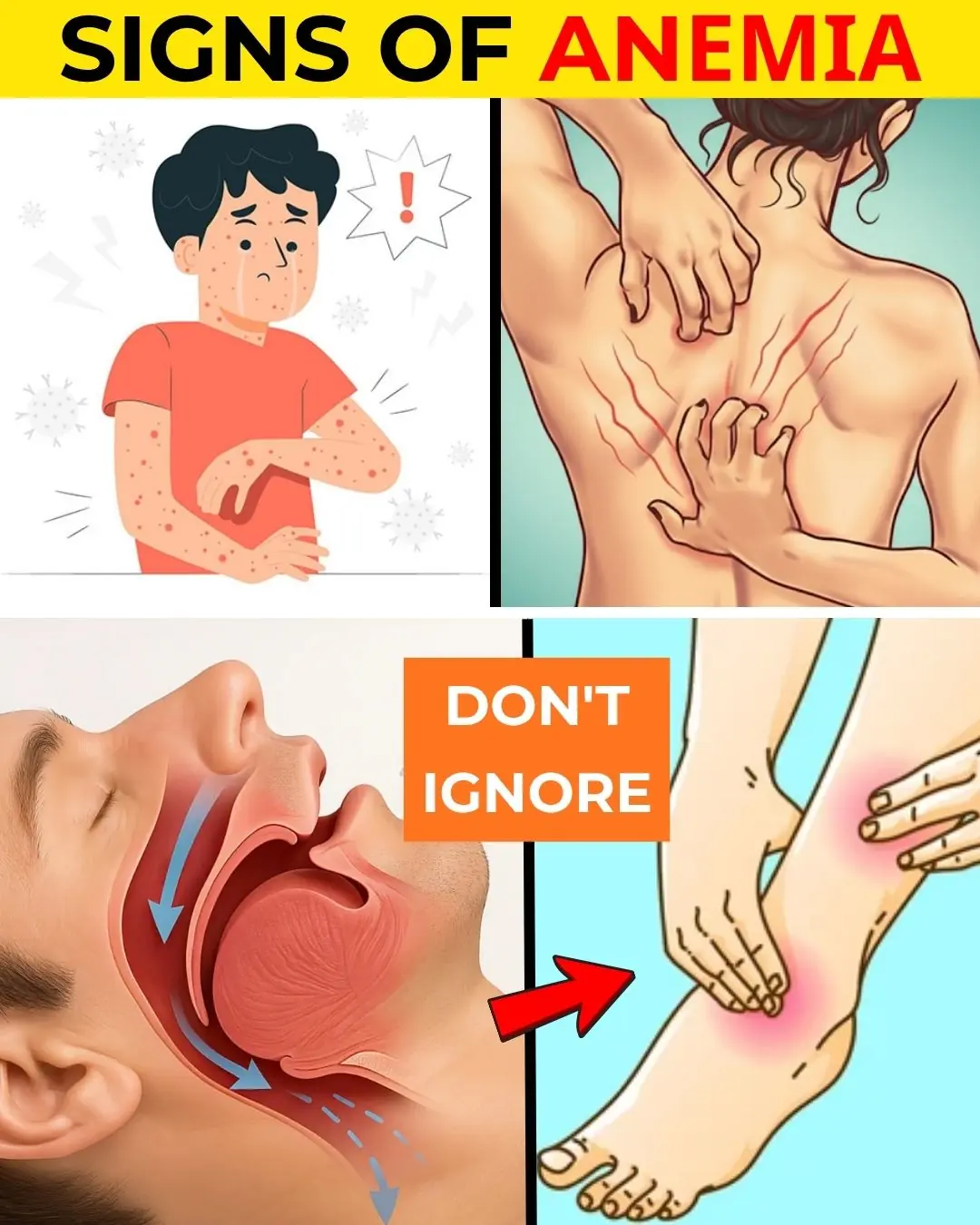
Silent Symptoms of Anemia You Should Never Ignore
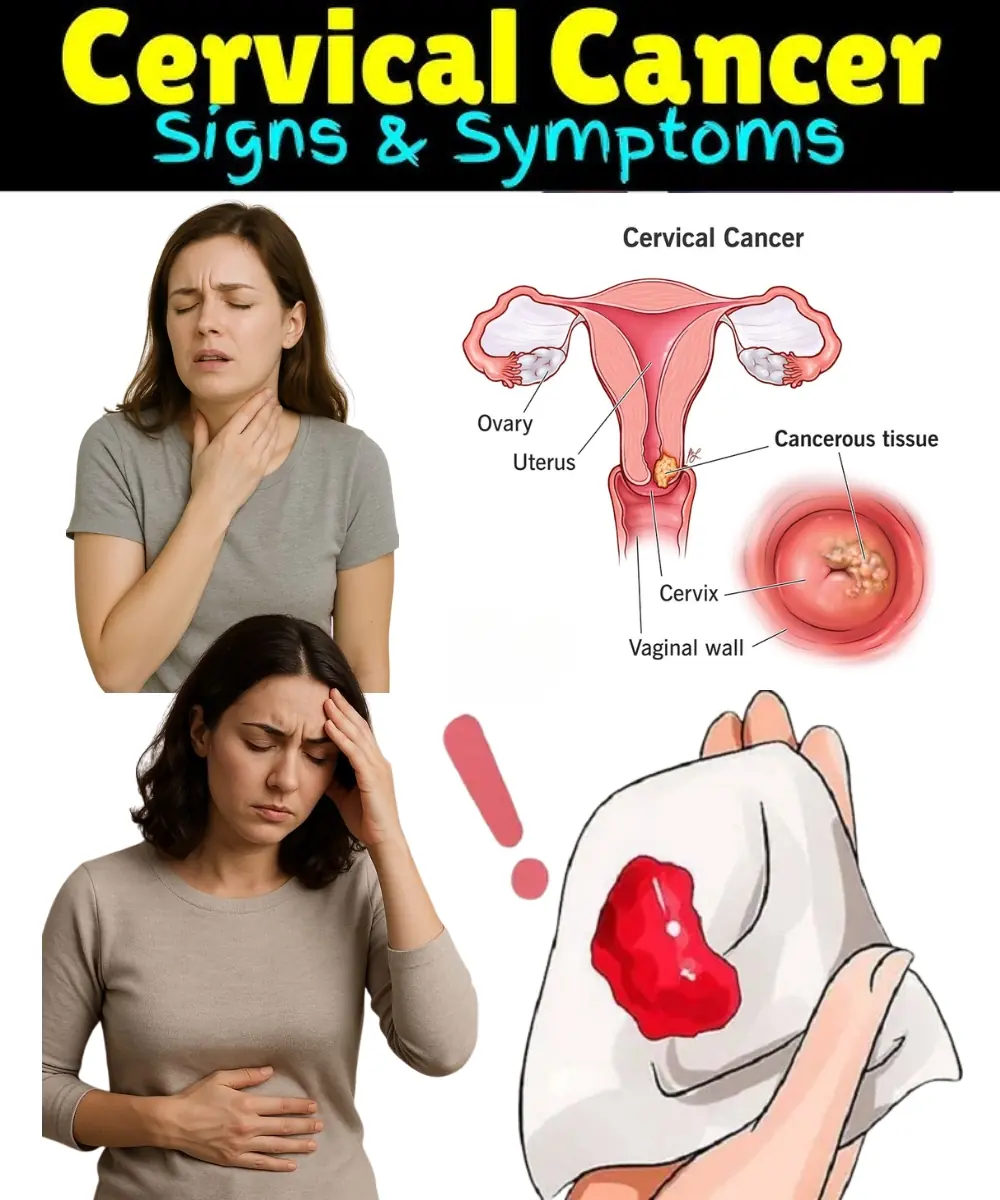
Cervical Cancer: Early Signs and Symptoms You Should Never Ignore

Seniors Stop: Avoid These 3 Foods with Eggs for Better Health!
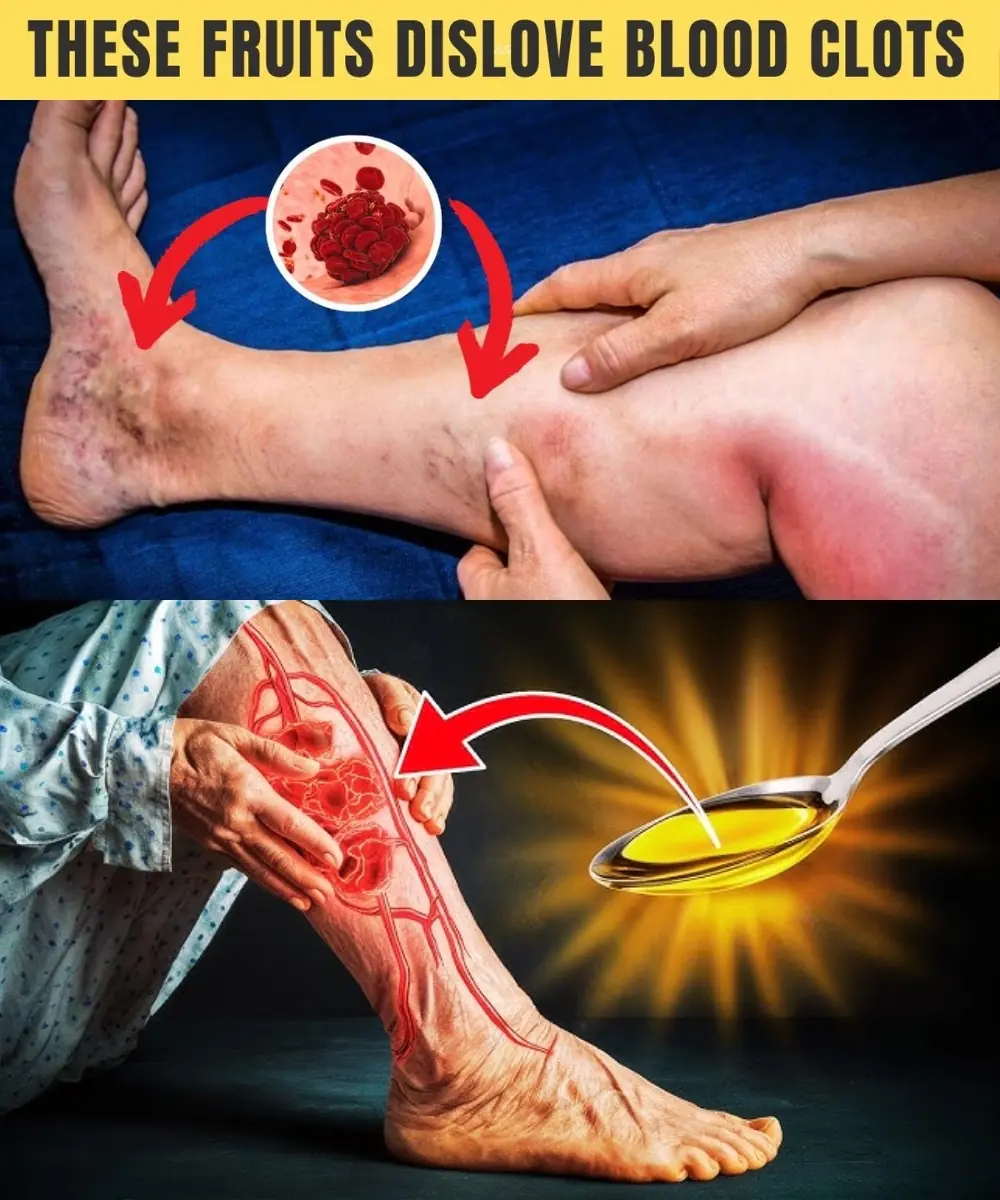
Top 8 Fruits That Naturally Help Dissolve Blood Clots
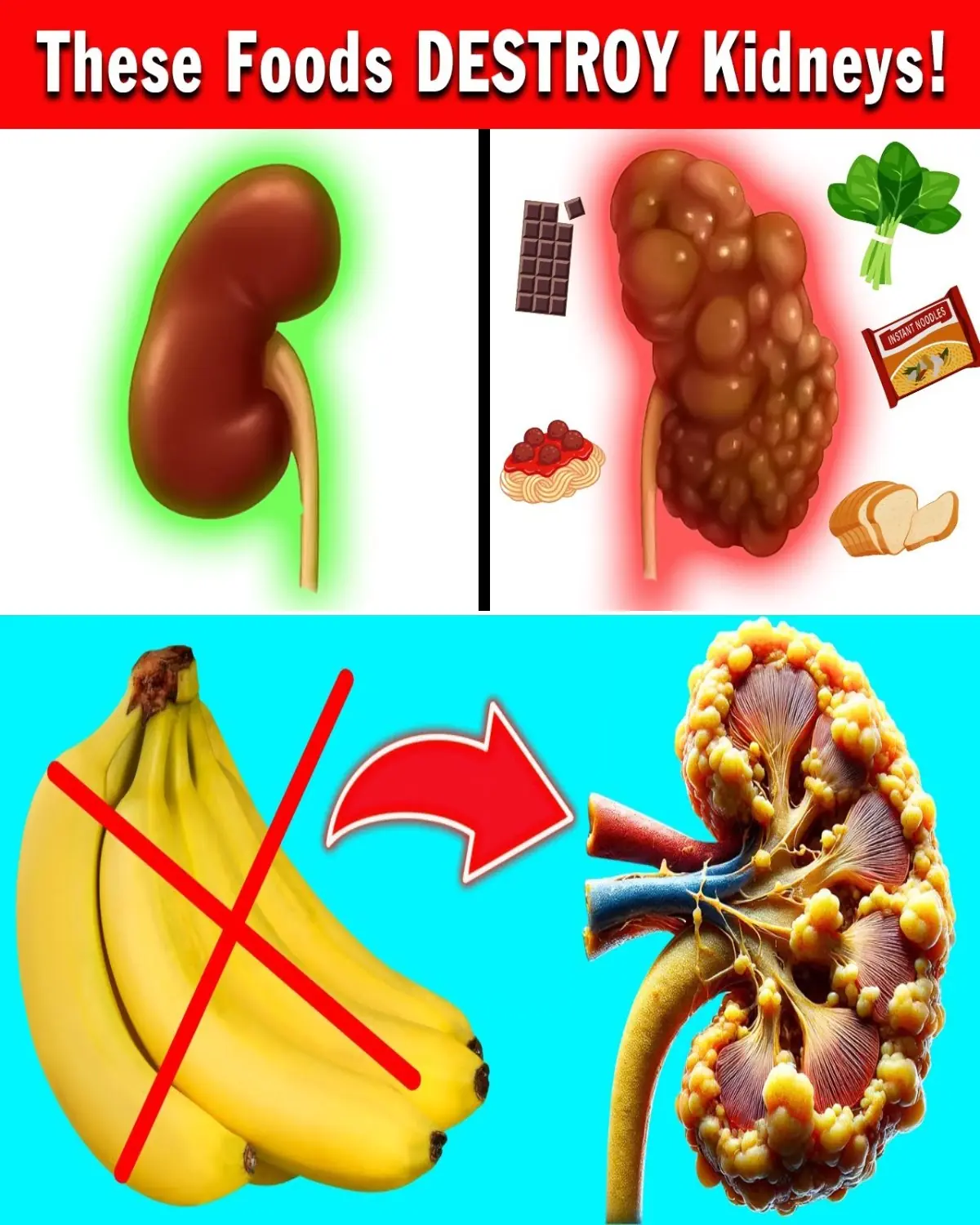
12 Worst Foods Sabotaging Your Kidney Health
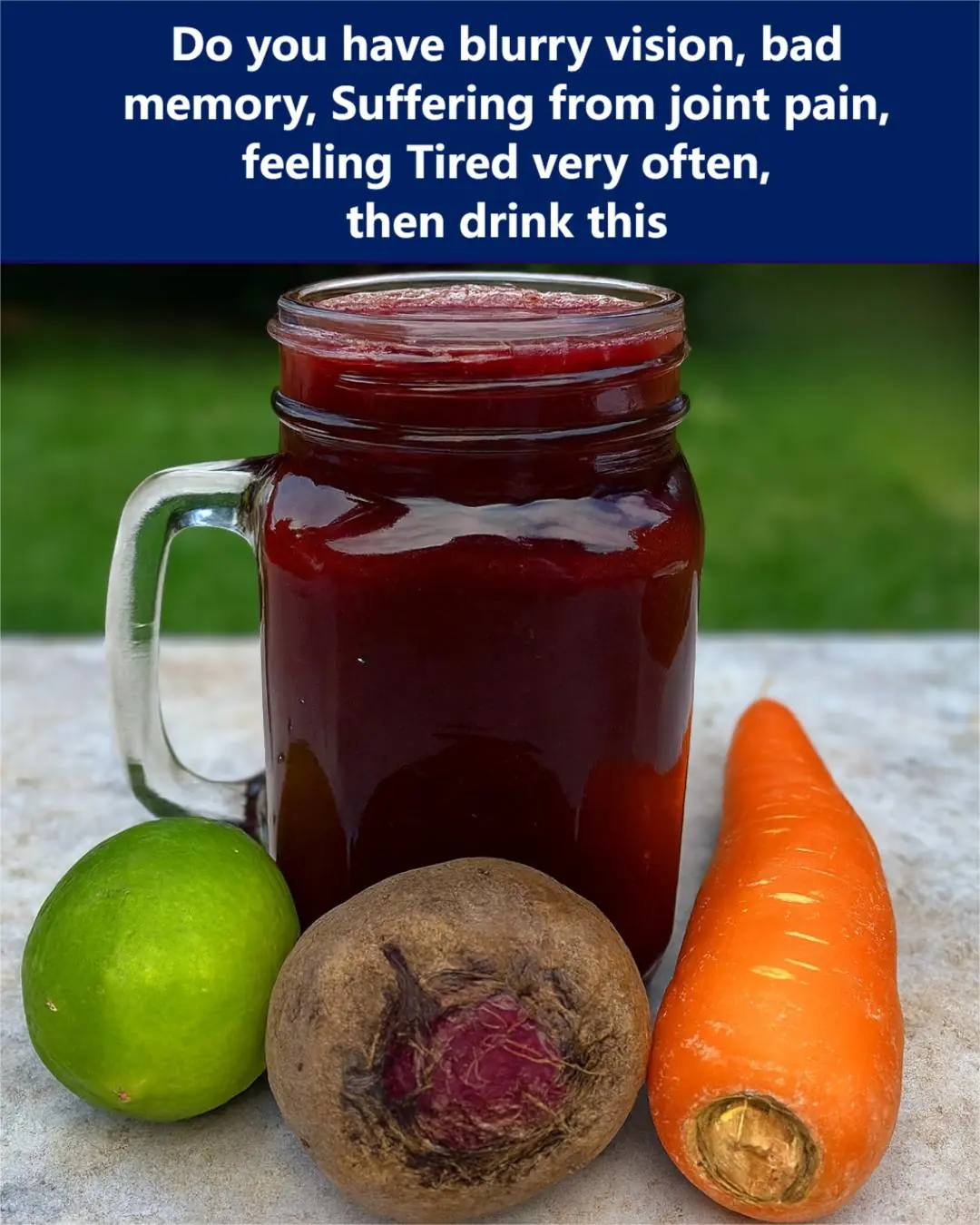
Natural Energy and Vision Booster Juice: The Ultimate Drink for Tiredness, Joint Pain & Memory Problems
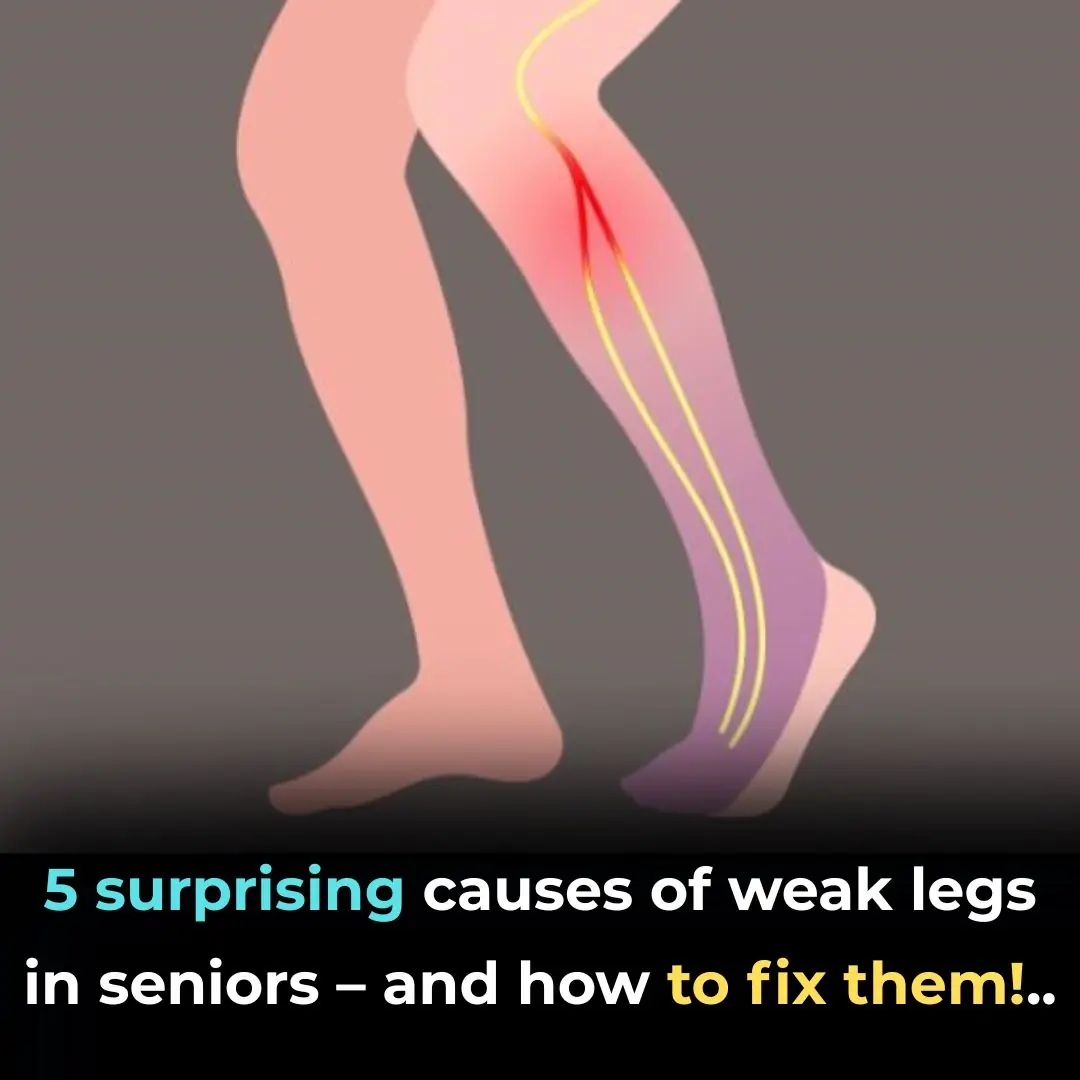
5 surprising causes of weak legs in seniors—and how to fix them!

Eating Steamed Sweet Potatoes Every Day: A Woman Shocked by Her Liver Test Results
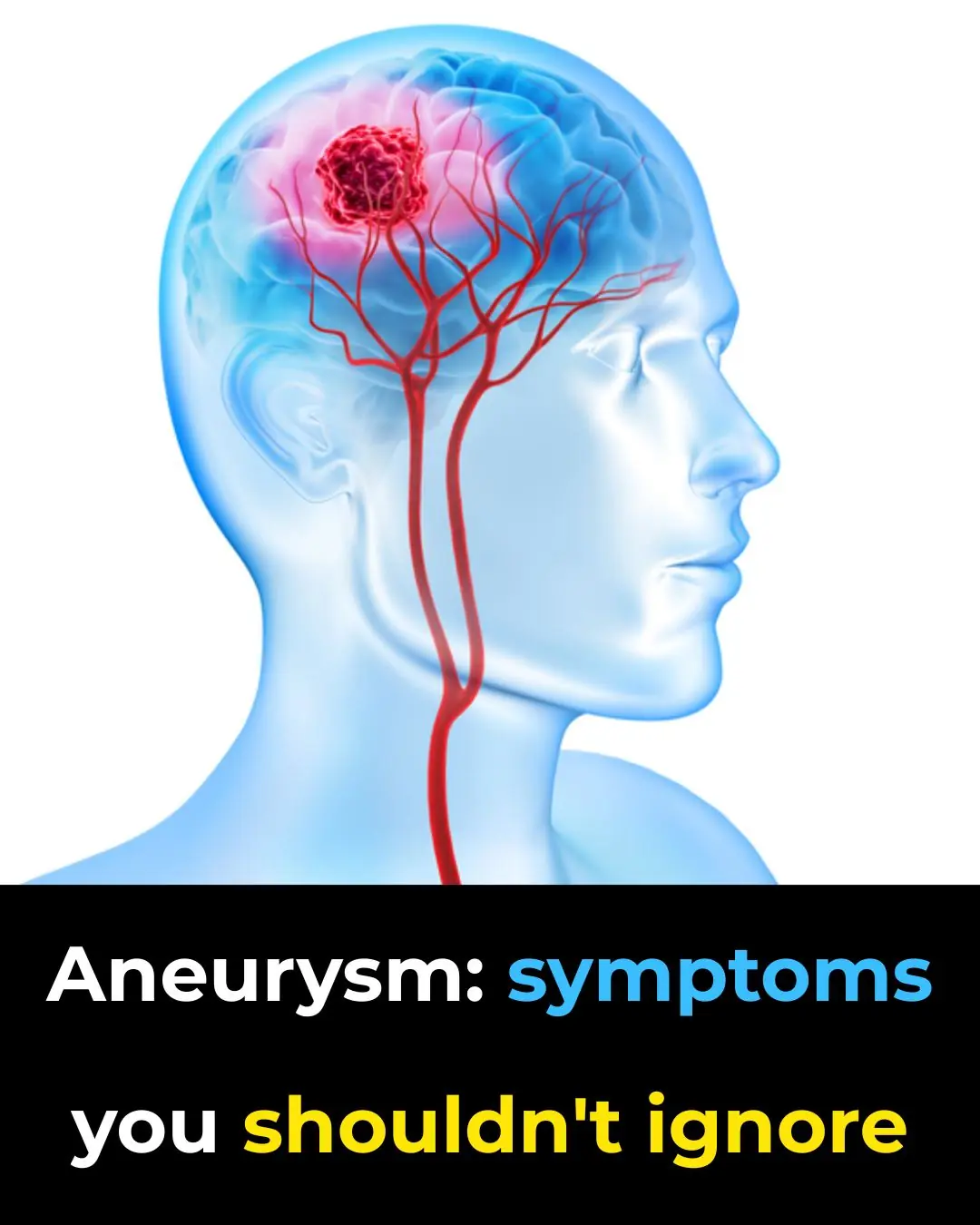
Warning Signs You Should Never Ignore: The Silent Symptoms of a Brain Aneurysm
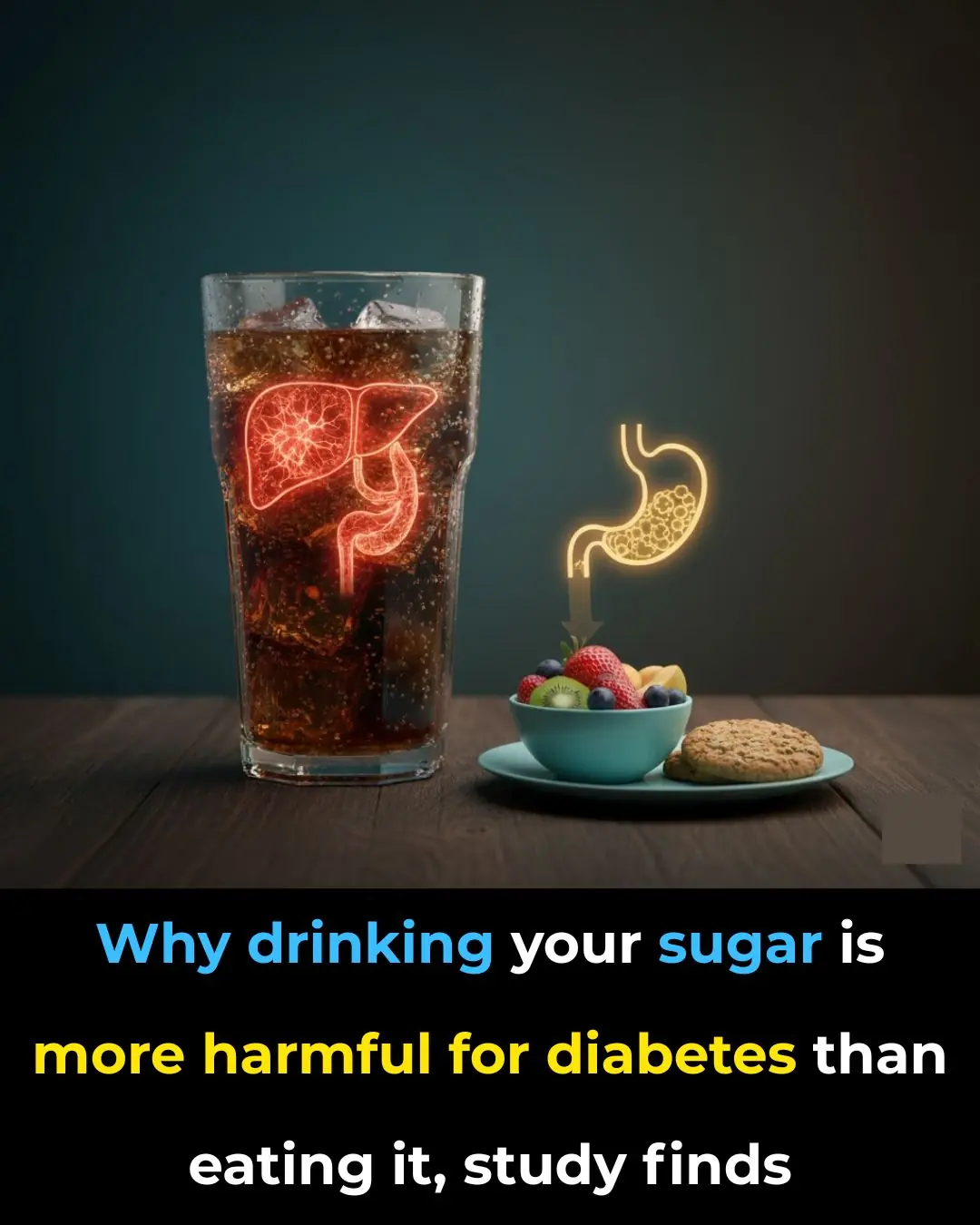
Why drinking your sugar is more harmful for diabetes than eating it, study finds
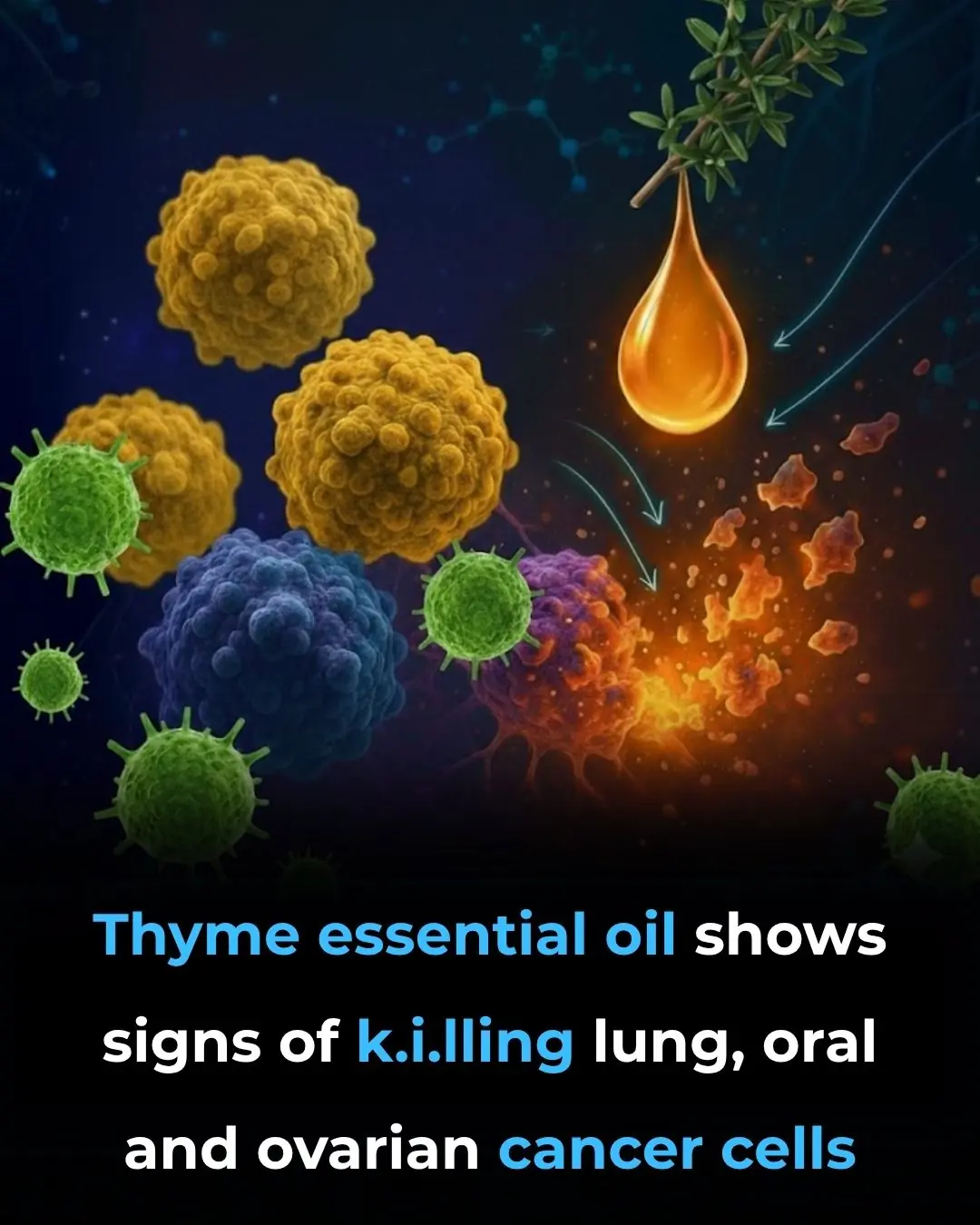
Thyme Essential Oil Shows Signs of Killing Lung, Oral and Ovarian Cancer
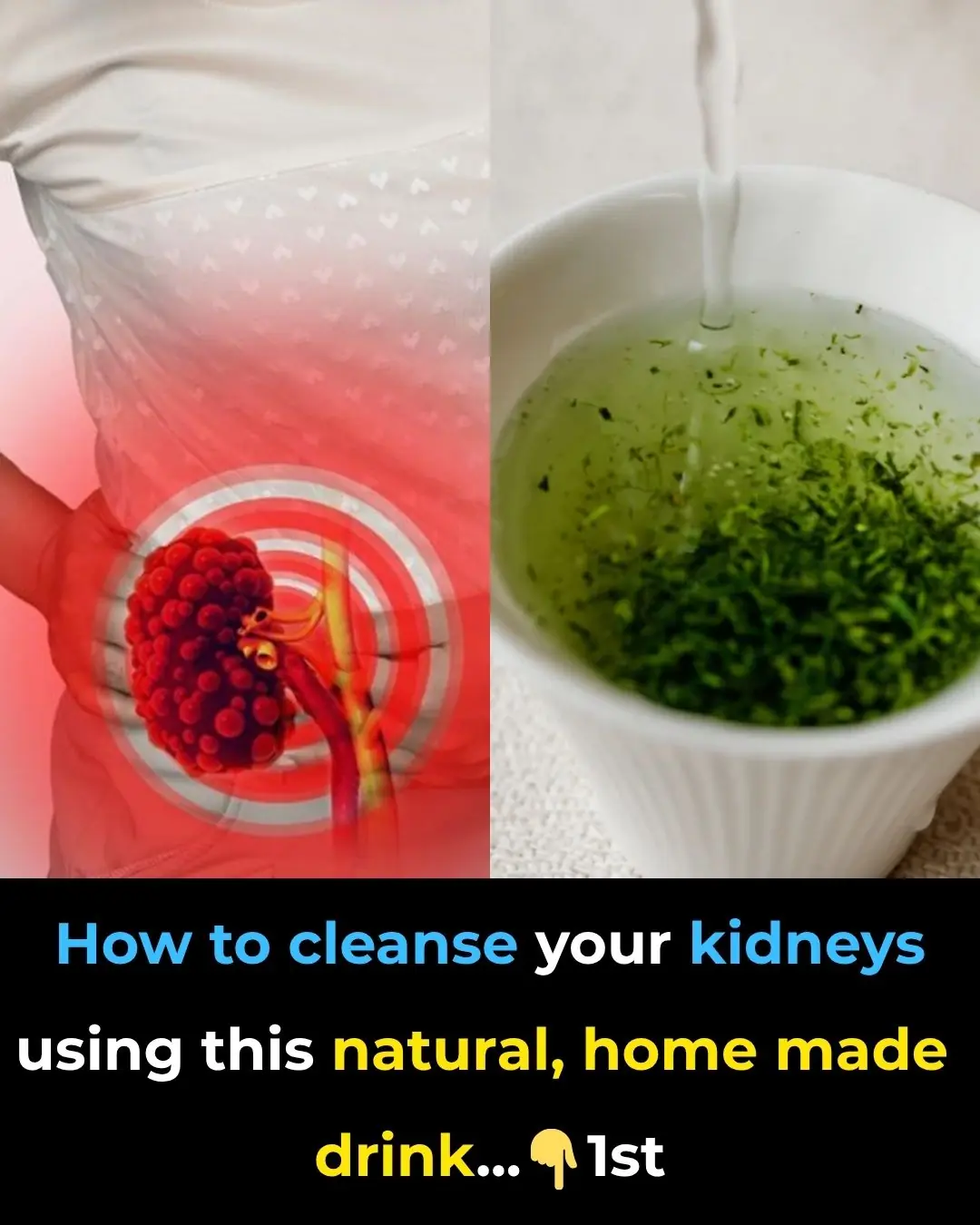
How to cleanse your kidneys using this natural, home made drink
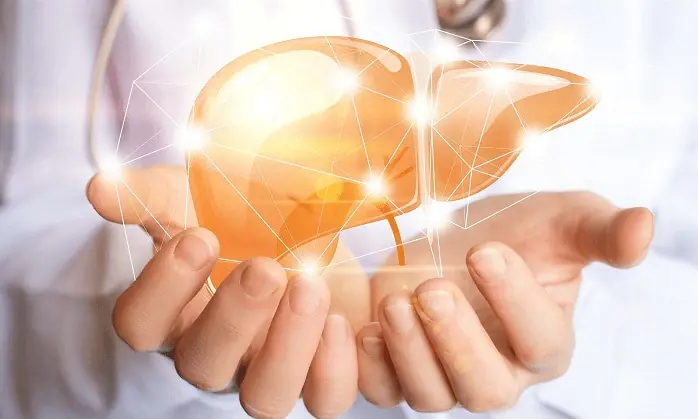
Science backs it up: 3 fruits that fight liver fat, regulate sugar and cholesterol

People whose mouths feel dry when sleeping at night need to know these 8 reasons
News Post

10 Warning Signs You Might Be Gluten Intolerant

The Body Will Give You These 10 Signs If Your Kidney Is In Danger

Chew 2 Cloves Daily, See What Happens To Your Body
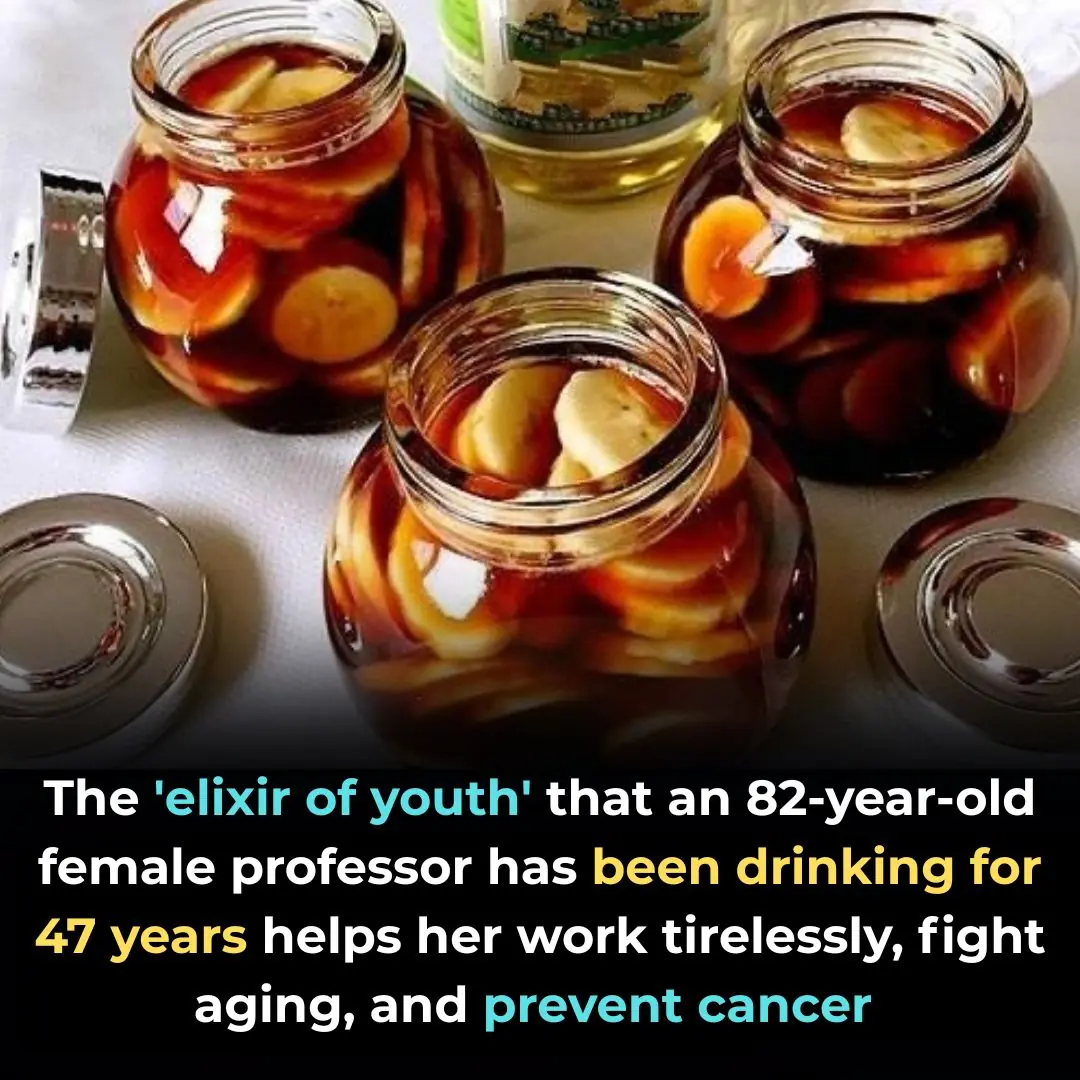
The 'immortality' drink helps an 82-year-old female professor work tirelessly and fight aging: The recipe is extremely simple

Can you spot the book, egg, cup, and pillow?

Wild vegetables that never worry about chemicals are considered longevity vegetables in Japan, but many Vietnamese people still pull them out.
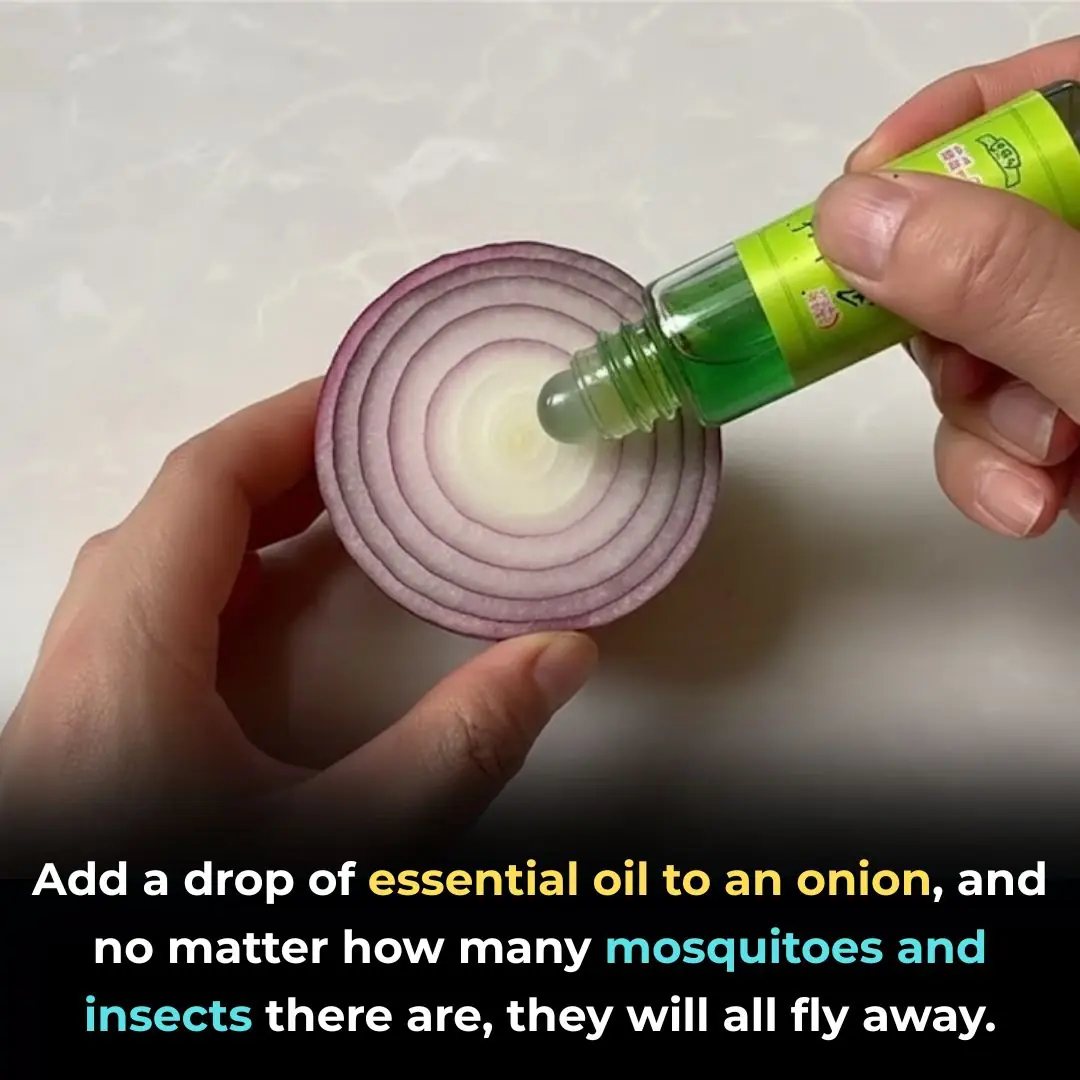
Add a drop of essential oil to an onion, and no matter how many mosquitoes and insects there are, they will all fly away.
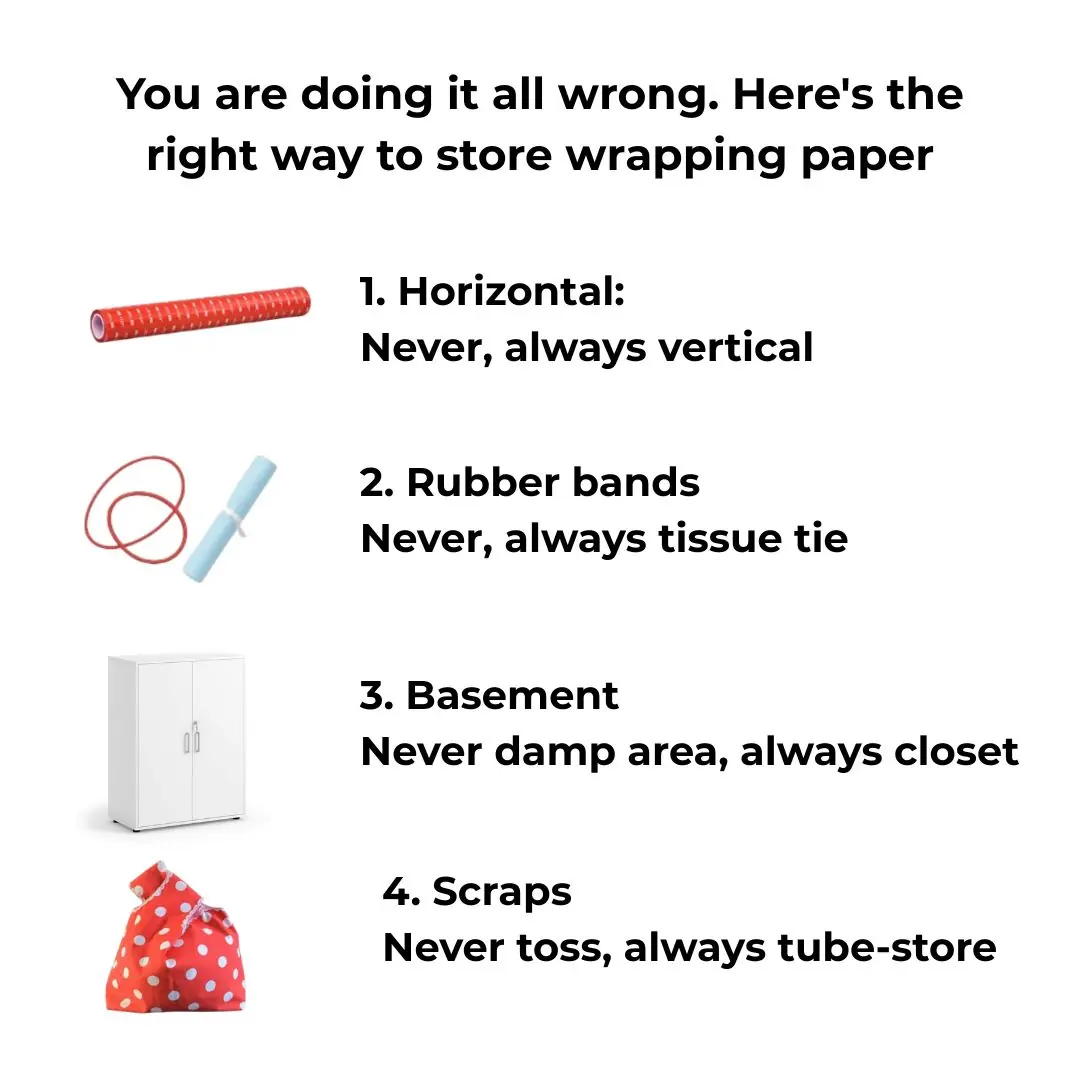
You are doing it all wrong. Here’s the right way to store wrapping paper
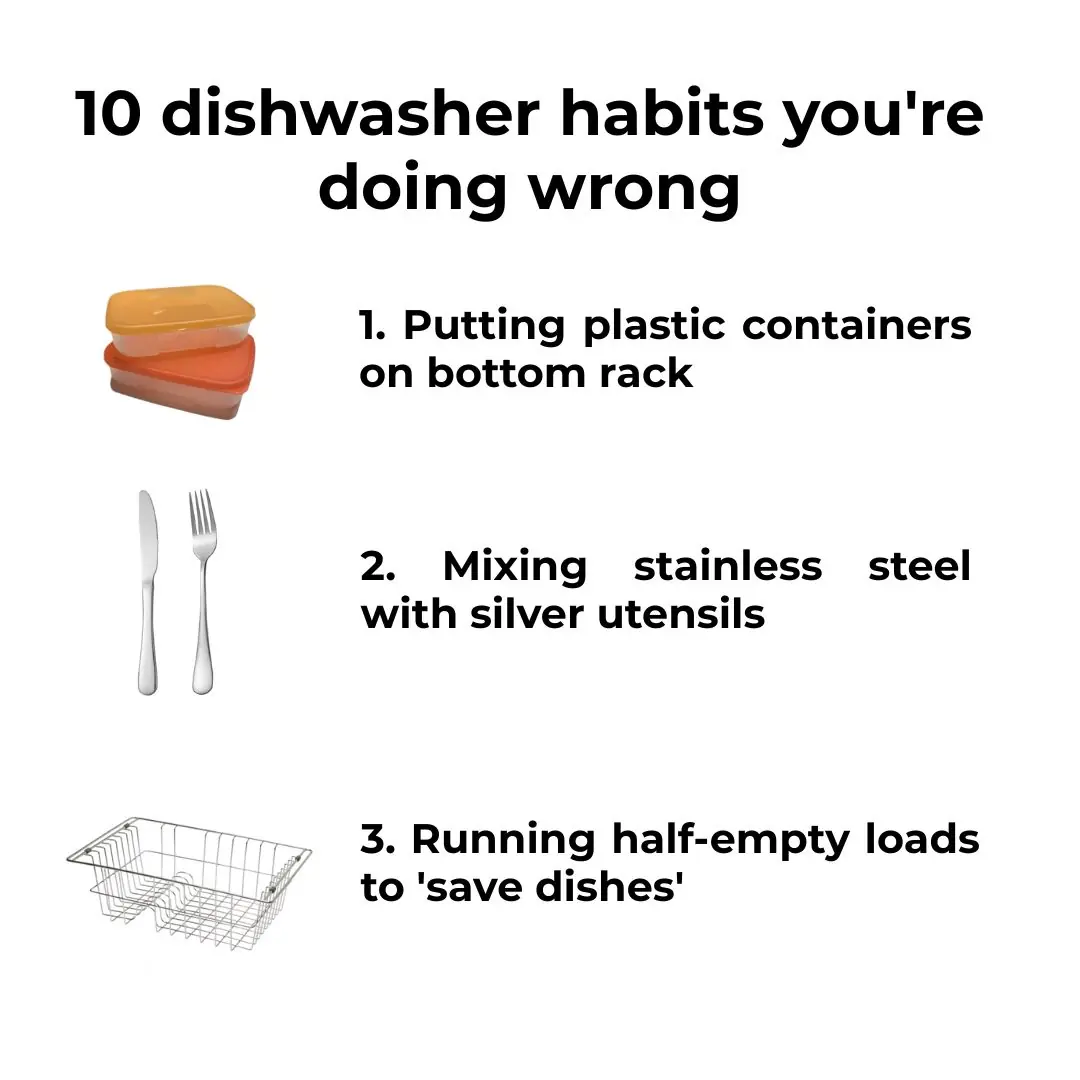
10 dishwasher habits you’re doing wrong
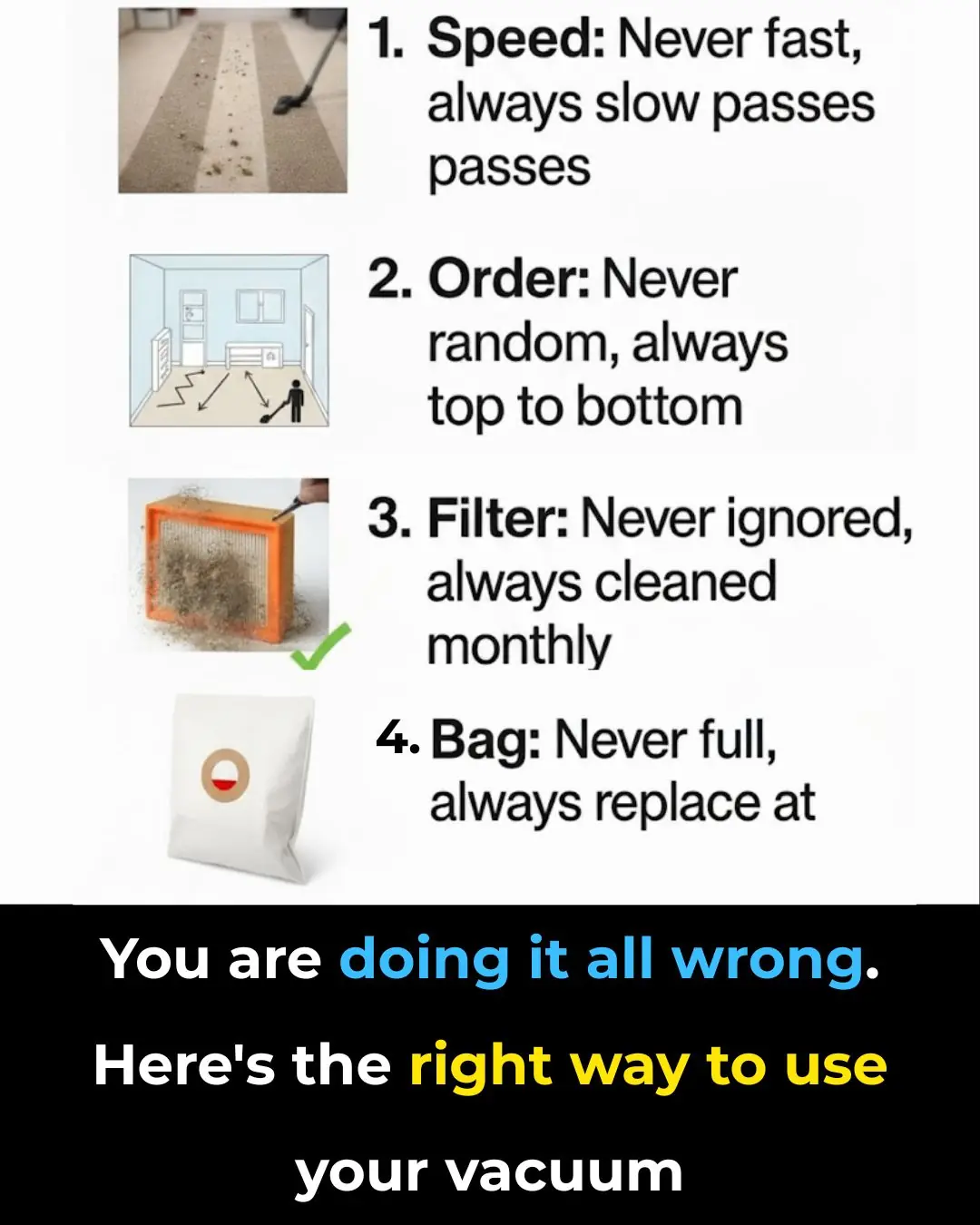
You are doing it all wrong. Here's the right way to use your vacuum

Crush this 'astringent' leaf and mix it with pig's intestines, the pure white intestines will lose all their foul smell.

Ways to distinguish new and old eggs from before buying until breaking the eggs
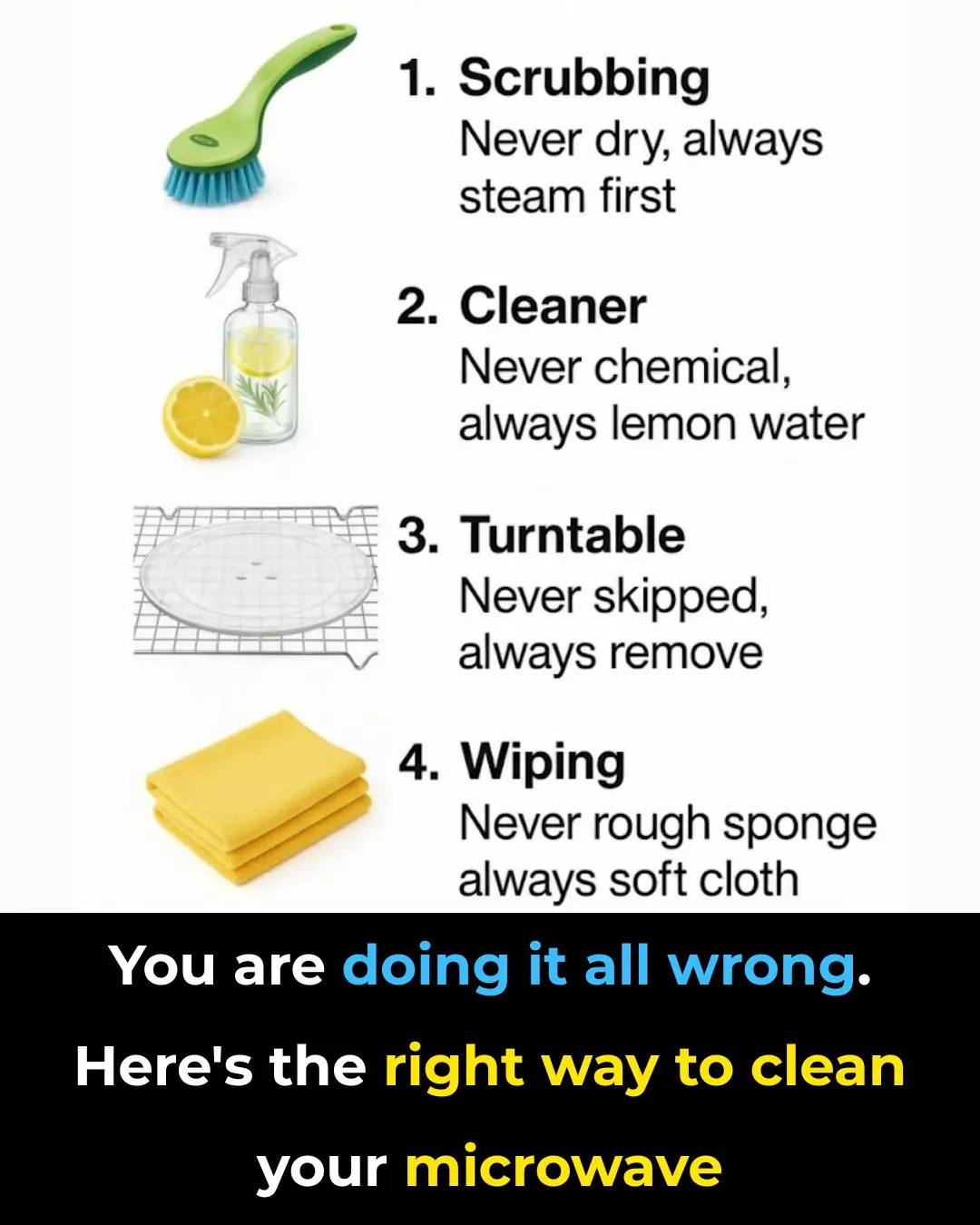
You are doing it all wrong. Here's the right way to clean your microwave

Don't throw away yellowed towels and bath towels: Try this method to make them as white and fragrant as new.
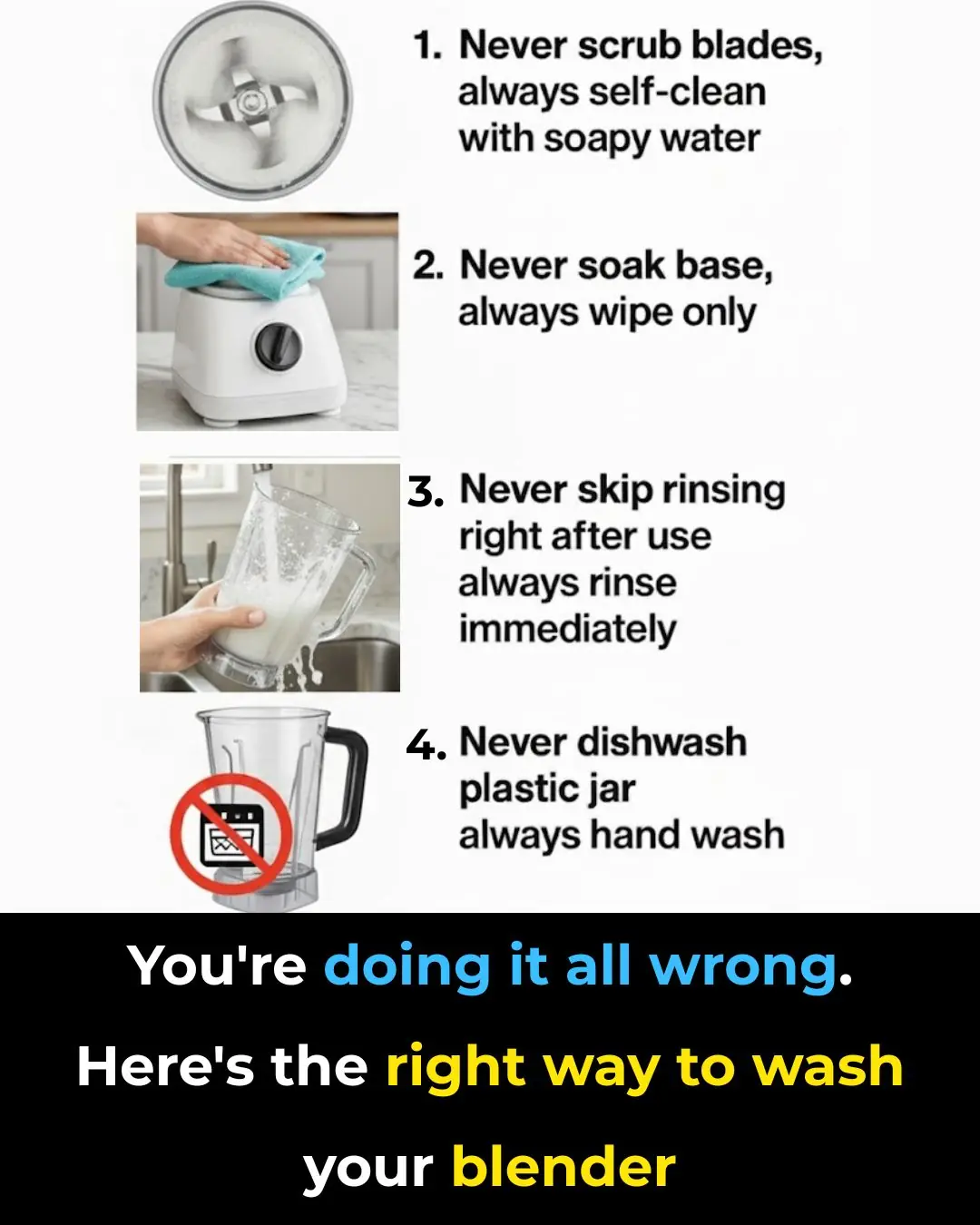
You’re doing it all wrong. Here’s the right way to wash your blender

When going to the market, should you choose "straight shrimp" or "curved shrimp"? The difference is huge but few people know it.

Soaking water spinach is an old knowledge that is both clean and foolish, let's apply it in this new way.

The Timeless Story of Thimbles

Say Goodbye to Hoarseness and Sore Throat: 5 Powerful Home Remedies to Cleanse Your Lungs and Soothe Cough Naturally
